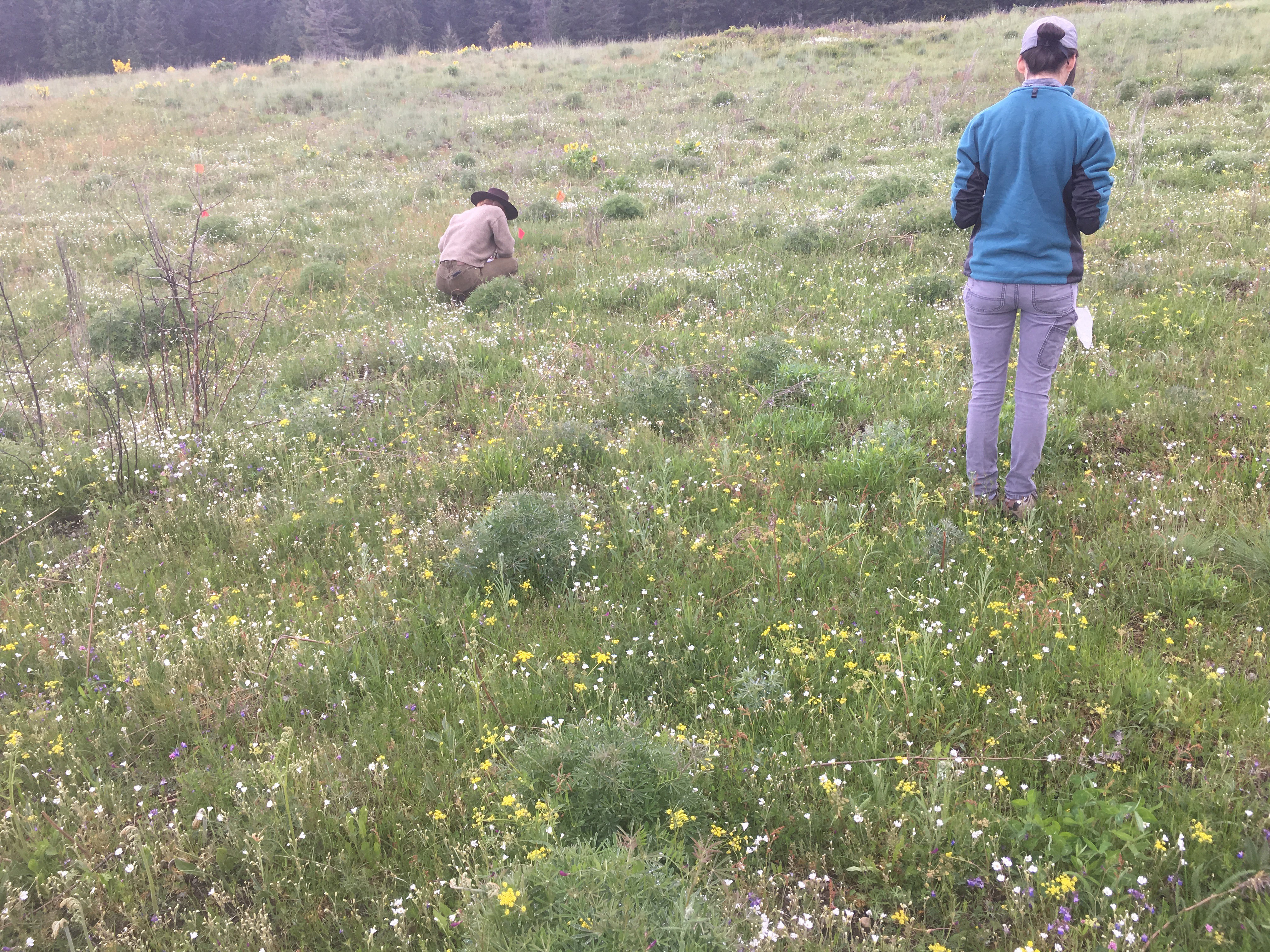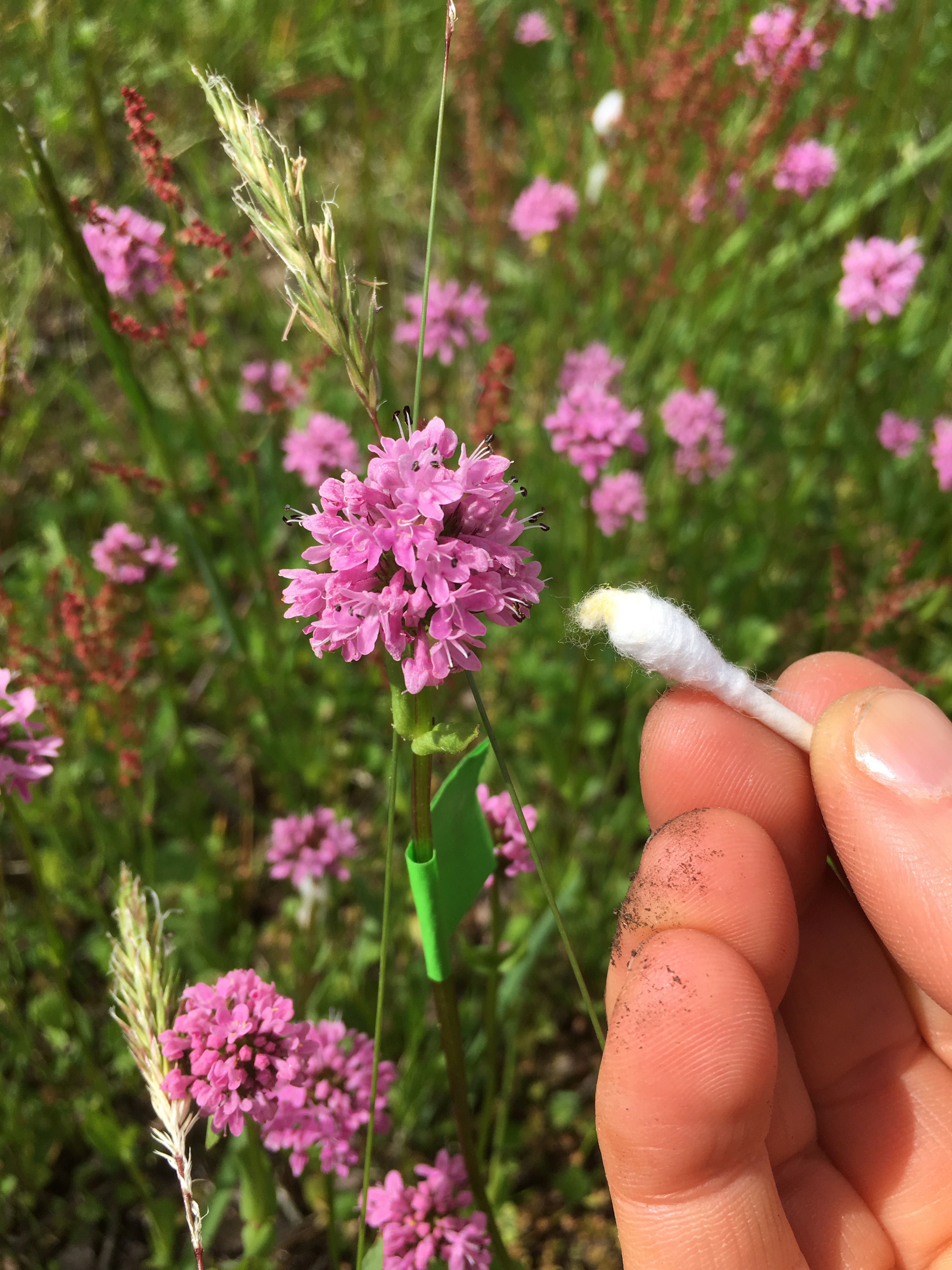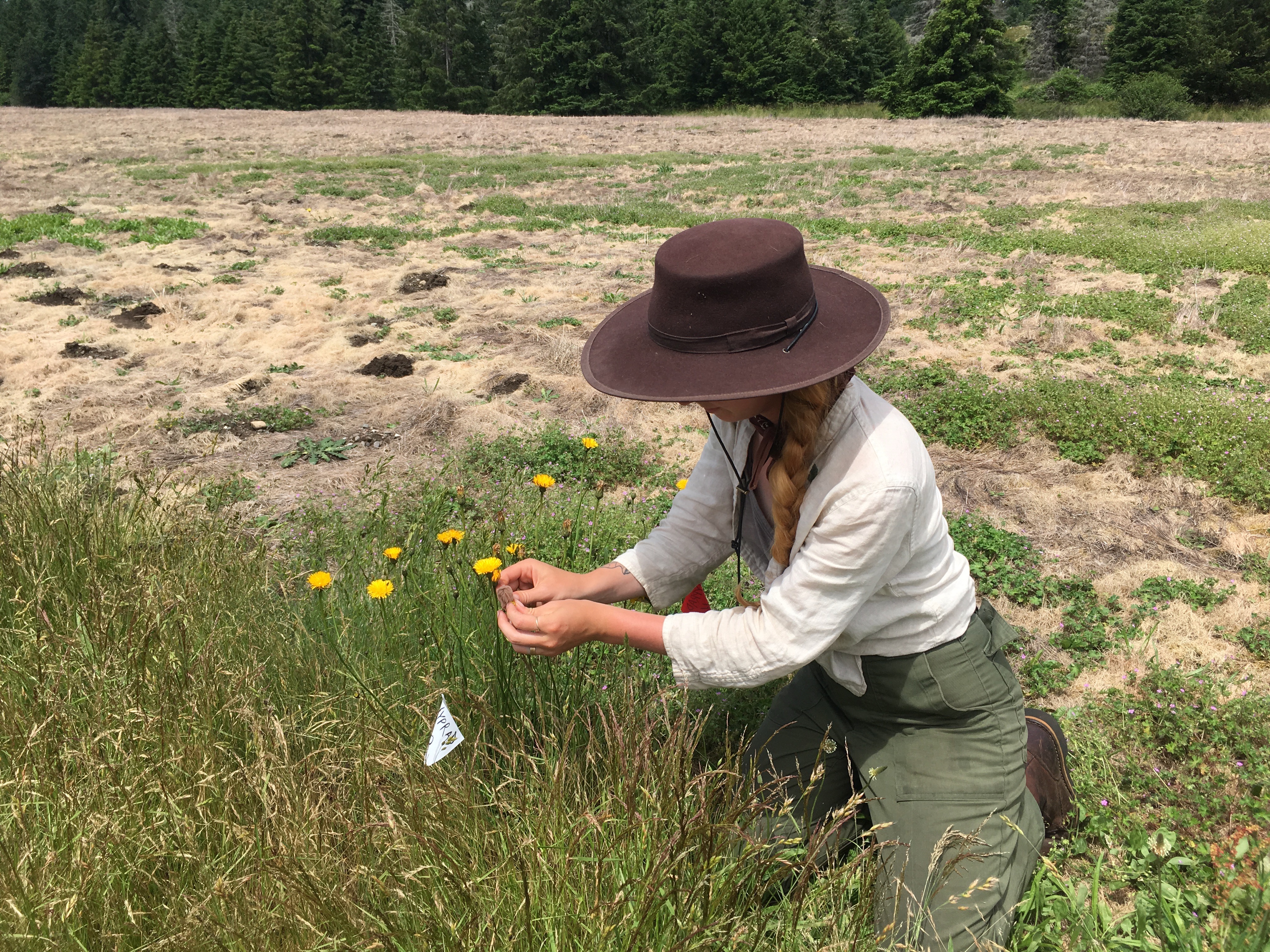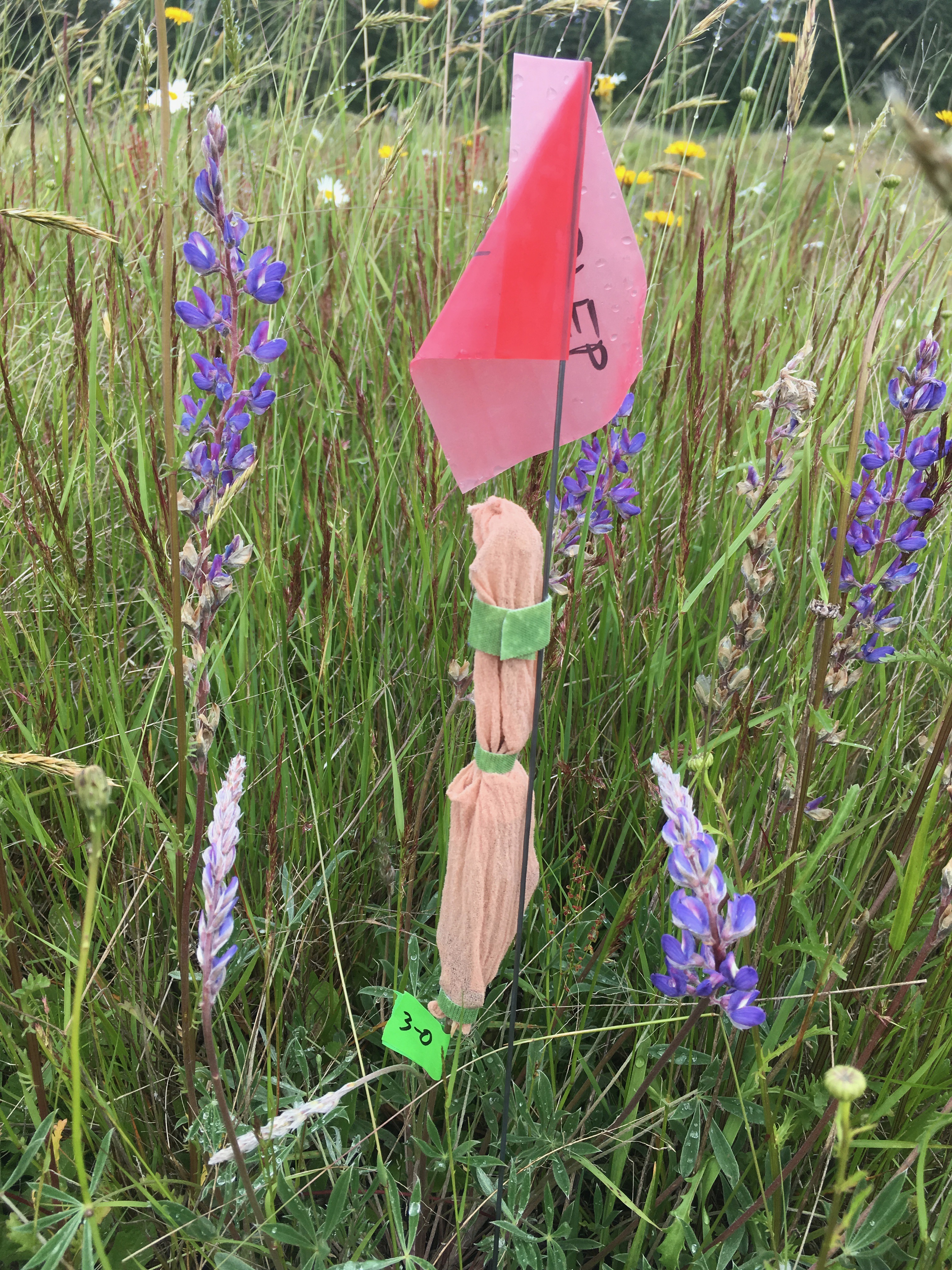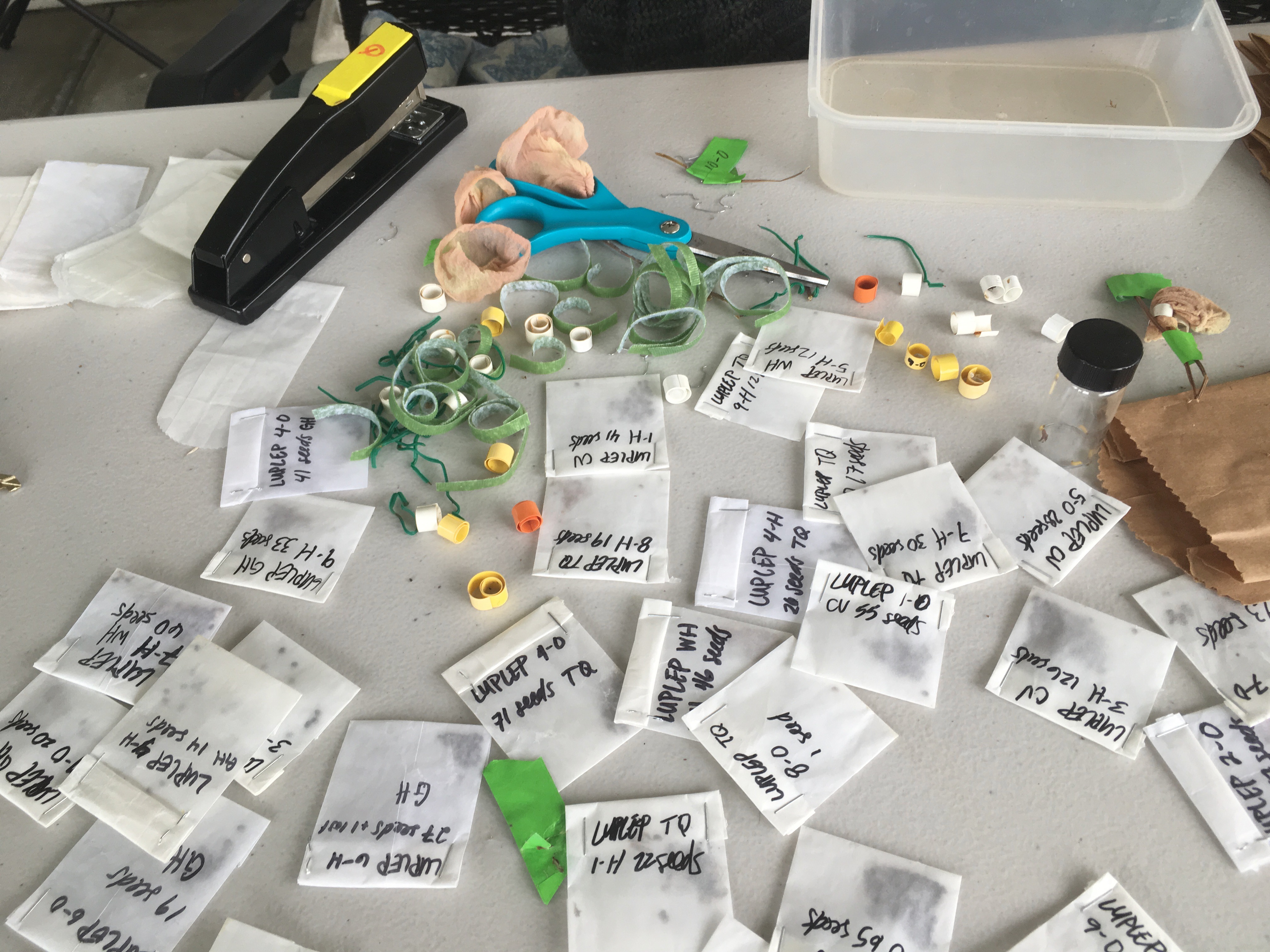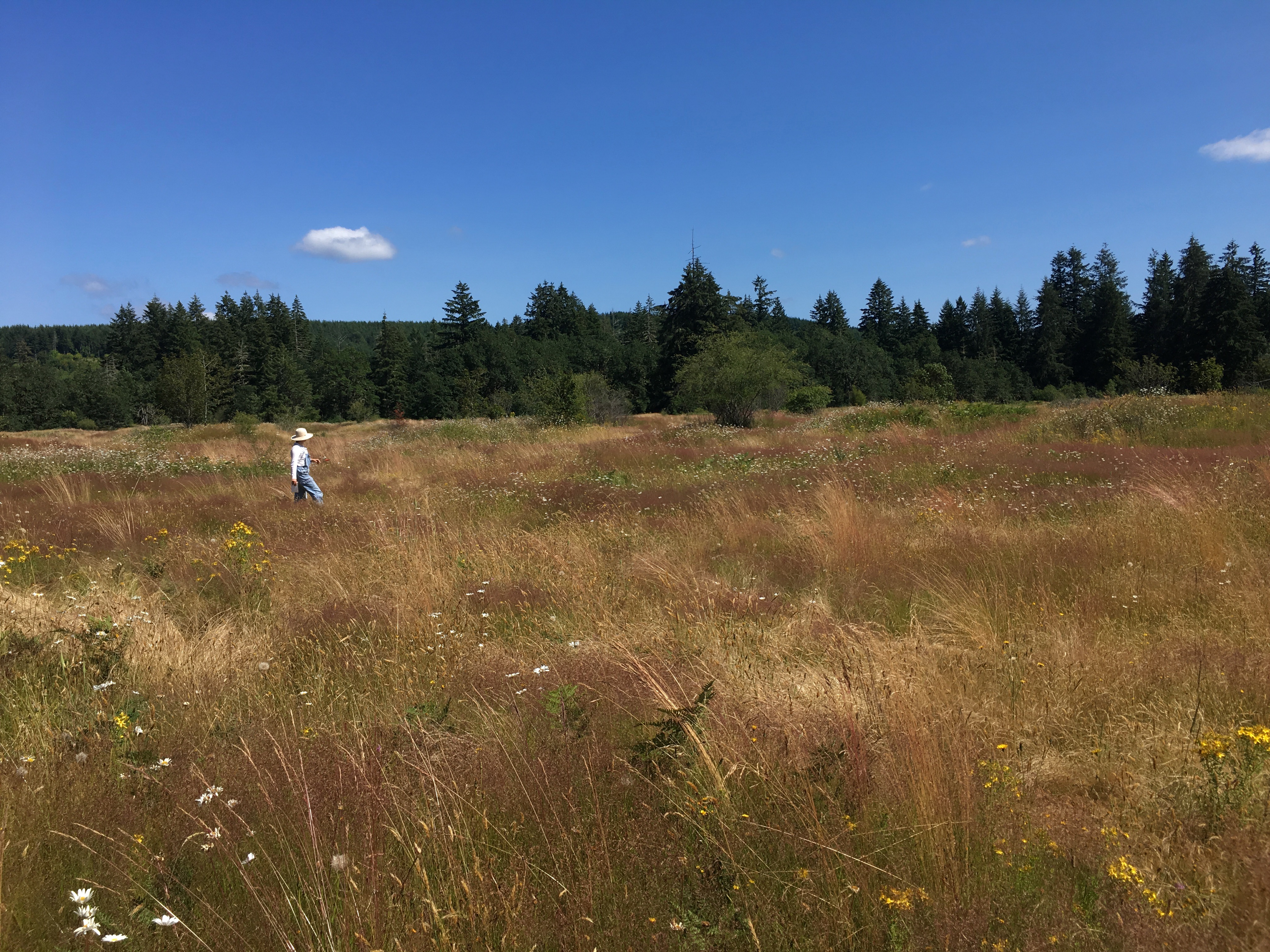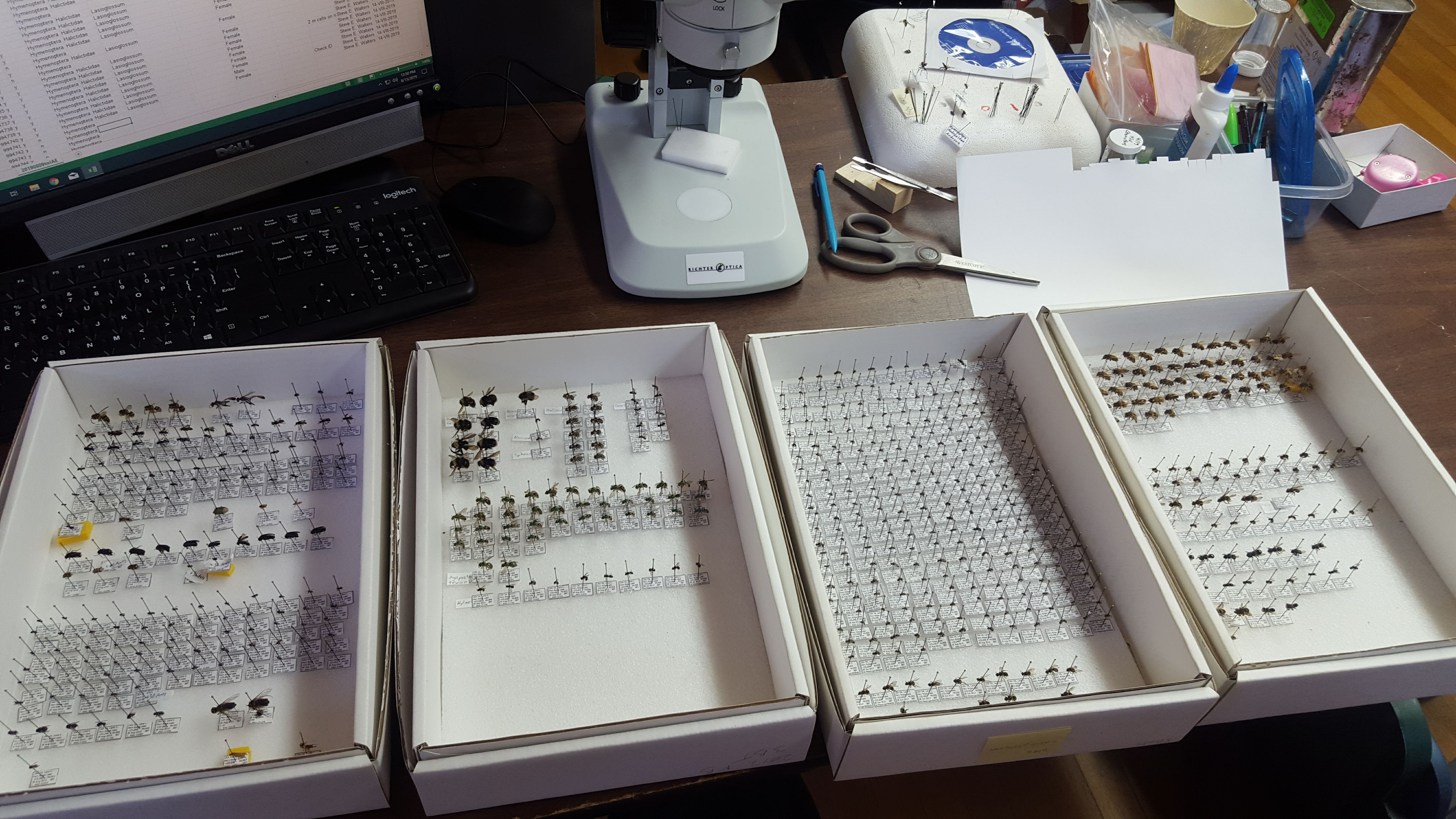Quamash EcoResearch
Ecological research in support of restoration and conservation

Cascadia Prairies: Unique Ecosystems
Cascadia prairies are a beautiful surprise. They turn up in unexpected places where the iconic Northwest forests haven’t filled in the landscape—open areas of grasses and flowers, dotted with lone trees and shrubs (they are really more like savannah than prairie). They are flowery, too—more flowery than the word “prairie” may conjure for most people. Typically, Cascadia prairies have more species of native forbs (small herbaceous flowering plants) than grasses, and they're species you won’t see in many other places. It’s estimated that more than 95% of the prairies’ historical extent has been lost, so these are rare and precious ecosystems hosting rare and precious plants, animals, and fungi.
“Cascadia” is an informal but popular term in the Pacific Northwest, and means different geographies to different people. We use “Cascadia prairies” to mean the grassland ecosystems that historically stretched from the Willamette Valley of Oregon north through the Puget Trough and up to Vancouver Island.
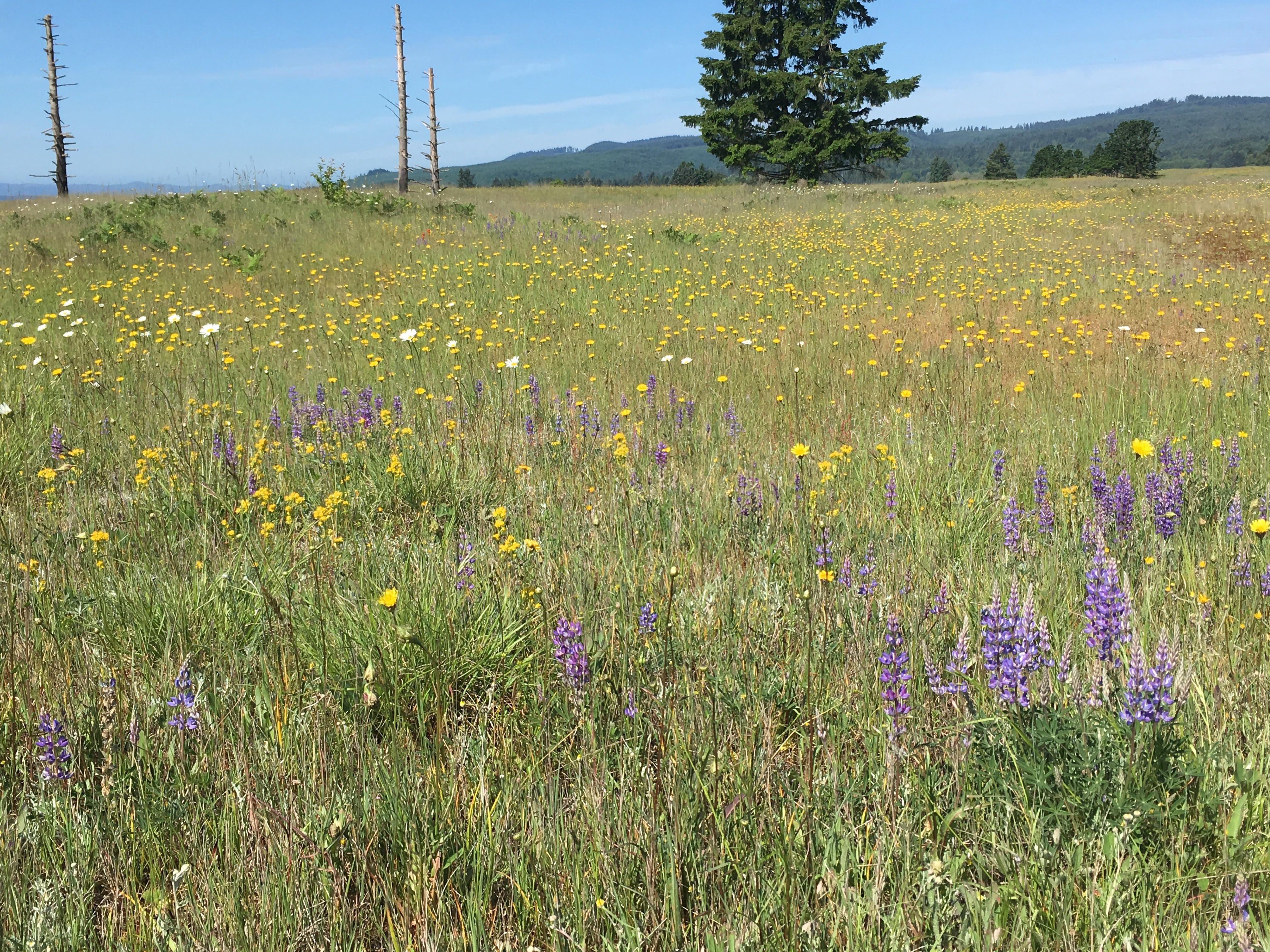
The role of fire
These prairies depend on periodic fire to “reset” the plant community. Before European settlers arrived in Cascadia, prairies were burned regularly by the people who lived here. Burning kills tree seedlings and shrubs, which otherwise will shade and outcompete the flowering forbs and grasses. Pushing back the encroaching forest this way favors plants that were culturally and economically important food sources for the Salish peoples, especially the ubiquitous camas/quamash (Camassia quamash), our namesake.
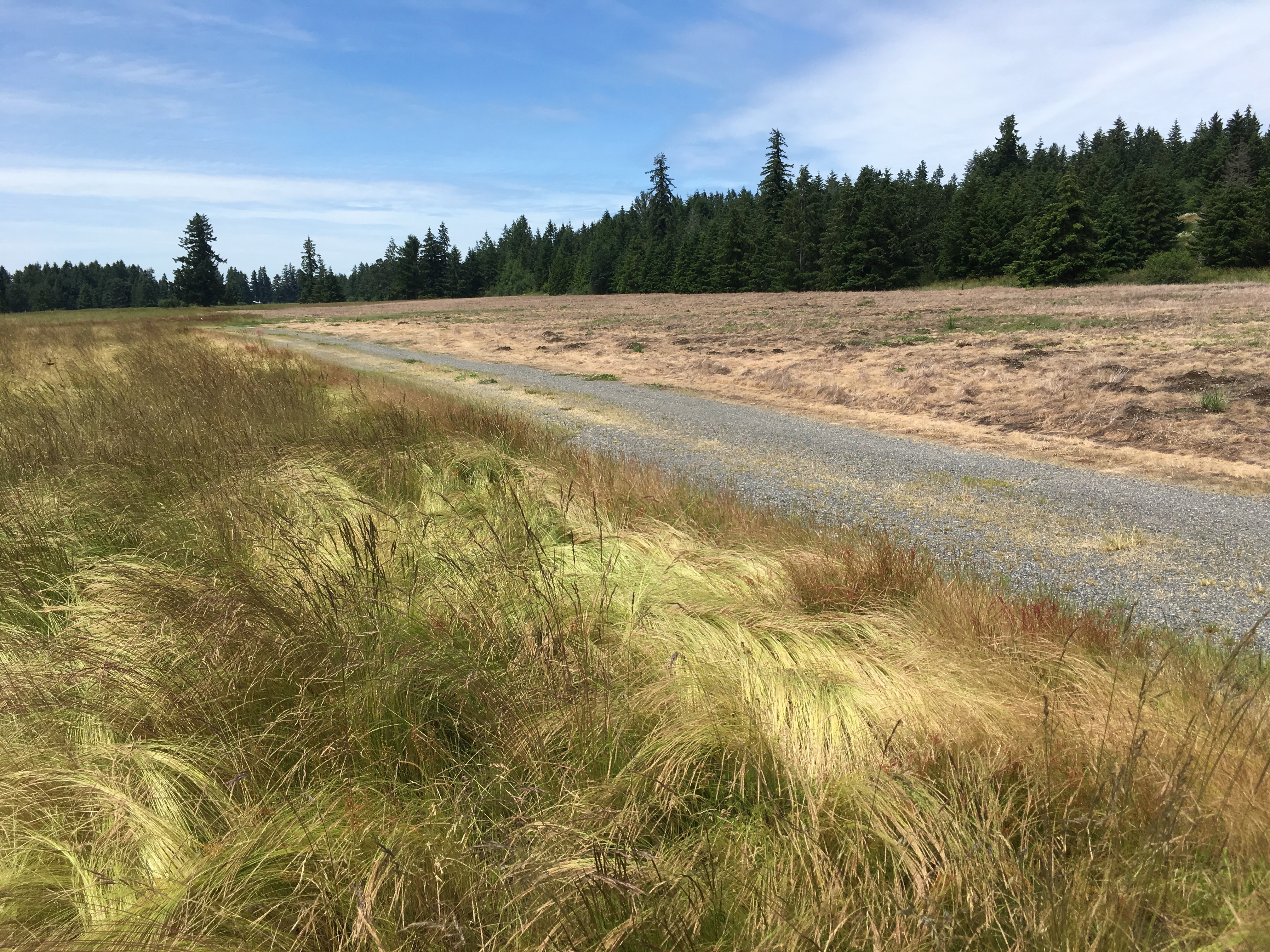
Changes and threats
Cascadia prairies have lost many key elements that once shaped their ecology and evolution: the historical fire disturbances that shaped the plant community, the large grazers that were probably once much more abundant, and the human harvesting of food plants. Exotic invasive species like Scotch broom and tall oatgrass also threaten to push out rare native plants. And currently, fast-paced development along the I-5 corridor continues to swallow prairie lands.
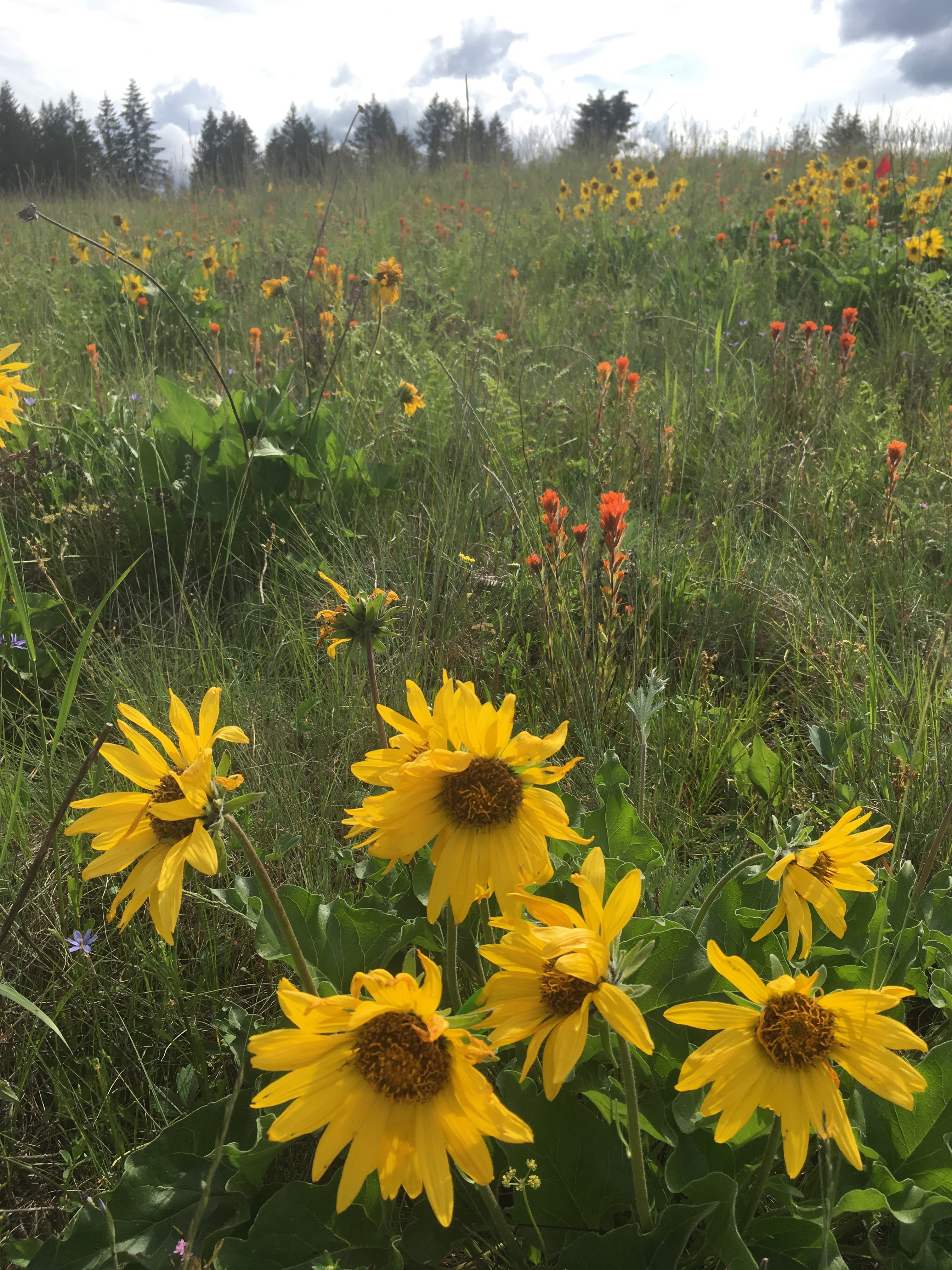
Restoring Cascadia prairies
Restoring prairies often involves reversing some or all of these trends. For example, restoration teams carry out prescribed burns in many south Puget Sound prairies, led by fire ecology experts at EcoStudies Institute. In the Willamette Valley, plant ecologists at the Institute of Applied Ecology work hard to slow the spread of invasive plants and protect precious populations of rare and endangered plants. Native seed farms collect and grow out seed of rare native plants, planting them out again at sites from which they had disappeared. Thanks to all these efforts, there is hope for Cascadia prairies.
